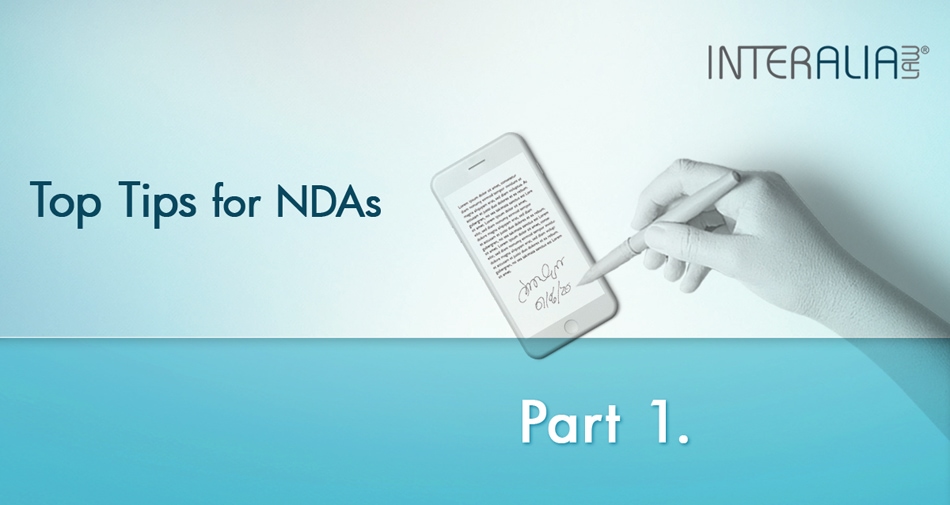
by Vivian Leung
Some clients, especially those without in-house counsel, struggle with confidentiality agreements and non-disclosure agreements (NDAs). NDAs are ubiquitous, follow a fairly standard format, and are fairly short documents. “Surely I don’t need to run this past my external counsel at their hourly rate?!?” thinks the CFO and CRO. I agree – you don’t. But you need to know what to look for; otherwise, you’ll be sorry when and if something goes wrong. Over the next few posts, we’ll cover a few tips that are helpful when reviewing NDAs:
- 1. Make it mutual.
- If a potential vendor or customer sends you a one way agreement, send it right back and ask for their mutual version. There are some circumstances where a one way confidentiality agreement is appropriate (e.g. particularly where agreeing to keep another party’s information confidential could present potential issues for future items on your own product roadmap), but the beauty of the mutual version is that mutual agreements tend to be fair and reasonable because you don’t know which side of the fence you will be on when something goes wrong – the Discloser or the Recipient. Right off the bat, this will eliminate markups and negotiations.
- 2. Definition of Confidential Information.
- Sometimes you see language that requires the Discloser to mark their information as “Confidential” in order for that information to be given confidential treatment. Let’s be real. Who is policing this on the Discloser’s side? No one. So, particularly if you are the Dicsloser, make sure the definition of Confidential Information is broad enough to include all information that is disclosed, or at the very least, information that a reasonable person would consider to be confidential. Yes, you are punting the issue a bit, but building in this concept should be non-controversial.
- 3. Confidentiality Obligation.
- There should be two parts to the confidentiality obligation. First, the Recipient must keep the Confidential Information confidential. Pretty obvious. Second, the Recipient may only use the Confidential Information for the specific purpose of the NDA. I’m surprised at how often the second part is missing. This prevents the Recipient from using the Discloser’s Confidential Information for a purpose that is not connected to the reason the information is being disclosed in the first place (e.g. a proposed transaction). This is always a concern when working with sales partners or technology partners. Also, make sure that the purpose is clearly defined. With vendors and customers, the purpose can be a generic “explore a commercial relationship” but with sales or technology partners, it’s better to be more specific with the purpose so that it’s clear when and how the Recipient may use the Discloser’s Confidential Information.
… STAY TUNED FOR PART 2 and PART 3.
Each Inter Alia lawyer has worked both in-house and in private practice. We love solving problems for our clients, and this blog gives some insight into how we do this practically and efficiently. If these tips speak to you, or you think we could help you, please contact darlene@interalia-law.com.
